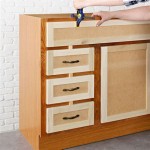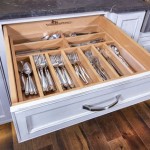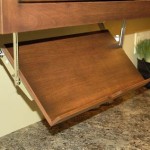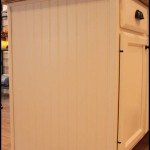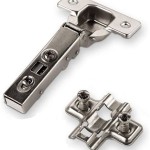Essential Aspects of 16 Standard Cabinet Door Sizes
Cabinet doors are a crucial component of any kitchen or bathroom, and choosing the right size is essential for ensuring both functionality and aesthetics. In the world of cabinetry, there are 16 standard cabinet door sizes to consider, each with its own unique dimensions and applications.
Understanding these sizes is essential for planning and designing a cohesive and functional space. Here's a comprehensive guide to the 16 standard cabinet door sizes, their common uses, and tips for selecting the right size for your project:
Common Cabinet Door Sizes
The 16 standard cabinet door sizes range from small to large, accommodating a wide variety of cabinet configurations and storage needs. The sizes are typically measured in inches, representing the width of the door opening.
- 9 inches: Smallest standard size, ideal for narrow spaces or as accent doors.
- 12 inches: Commonly used for upper cabinets or as fillers.
- 15 inches: Suitable for medium-sized cabinets, often found in kitchens and bathrooms.
- 18 inches: Standard size for base cabinets, providing ample storage space.
- 21 inches: Wider option for base cabinets, offering increased accessibility.
- 24 inches: Common size for both base and upper cabinets, offering versatility.
- 27 inches: Suitable for large cabinets or as pantry doors.
- 30 inches: Standard size for pantries or wide cabinet openings.
- 33 inches: Extended size for extra-wide cabinets.
- 36 inches: Maximum standard size, ideal for tall or wide cabinets.
Choosing the Right Size
Selecting the right cabinet door size depends on several factors, including:
- Cabinet Opening: Measure the width of the cabinet opening to determine the appropriate door size.
- Cabinet Type: Base cabinets typically require larger doors than upper cabinets.
- Storage Needs: Consider the amount of storage space required and choose a door size that provides adequate access.
- Overall Design: Balance the size of the doors with the dimensions of the cabinets and the overall kitchen or bathroom layout.
Tips for Success
- Allow a 1/8-inch gap between the door and the cabinet frame for proper operation.
- Use hinges that are compatible with the weight and size of the doors.
- Consider the handle or knob placement to ensure comfortable use.
- For custom sizes or unique shapes, consult with a cabinet professional.
Conclusion
Understanding the 16 standard cabinet door sizes is essential for creating a functional and visually appealing kitchen or bathroom. By carefully considering the cabinet opening, type, storage needs, and overall design, you can choose the right door size to complement your space. Remember, these standard sizes provide a starting point, and customization is always an option to achieve the perfect fit and aesthetic.

Barker Door Cabinet Doors And Drawer Boxes

Graphic Standards For Architectural Cabinetry Life Of An Architect

How To Install Kitchen Handles Like A Pro The Complete Guide

Standard Kitchen Cabinet Sizes And Dimensions Guide

How To Install Kitchen Handles Like A Pro The Complete Guide

Graphic Standards For Architectural Cabinetry Life Of An Architect

Standard Kitchen Cabinet Sizes And Dimensions Guide

Graphic Standards For Architectural Cabinetry Life Of An Architect

Standard Kitchen Cabinet Sizes And Dimensions Guide

Graphic Standards For Architectural Cabinetry Life Of An Architect
Related Posts

